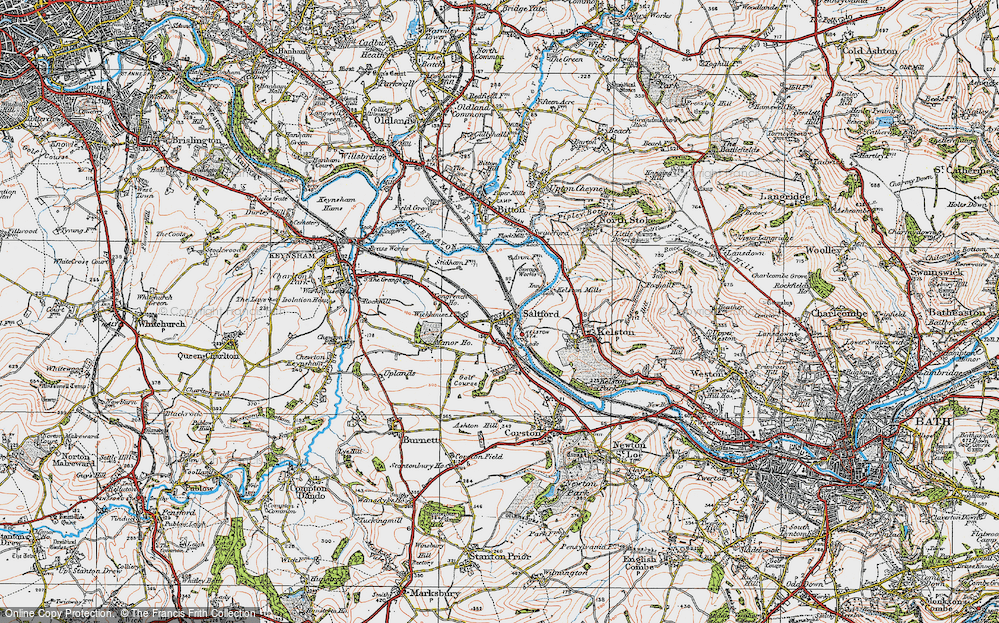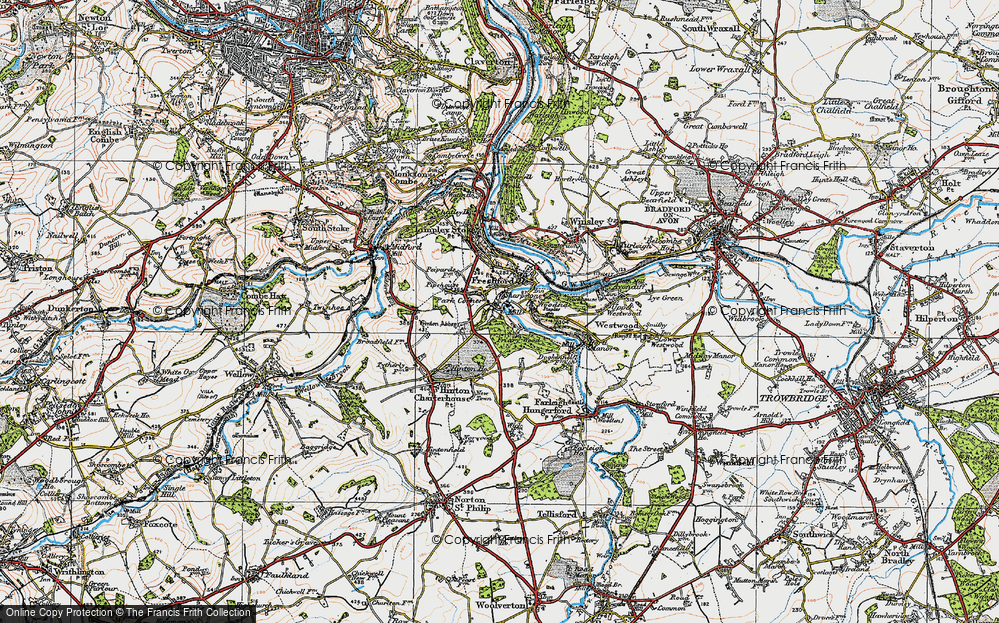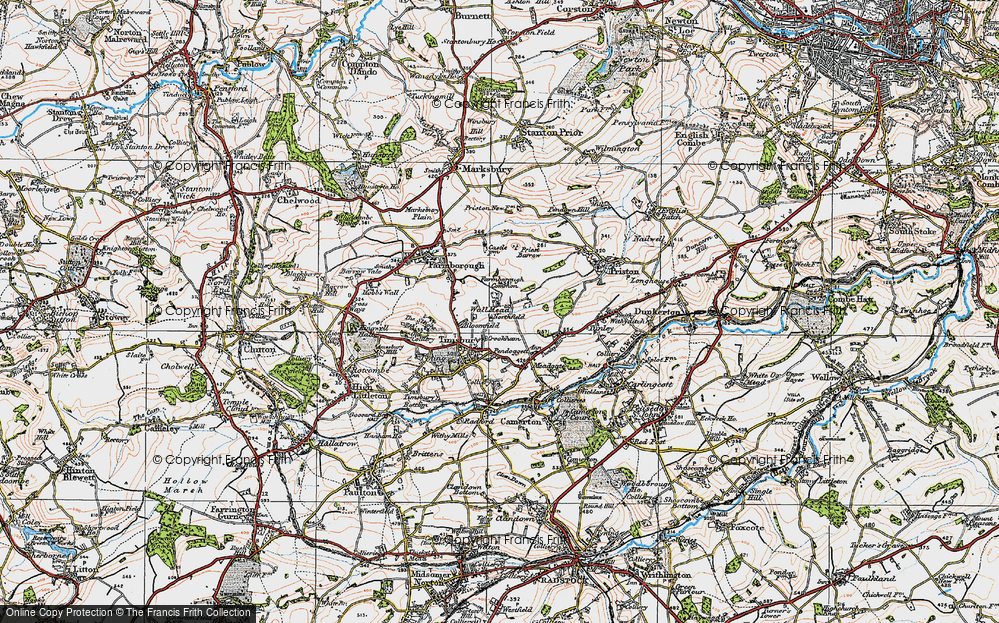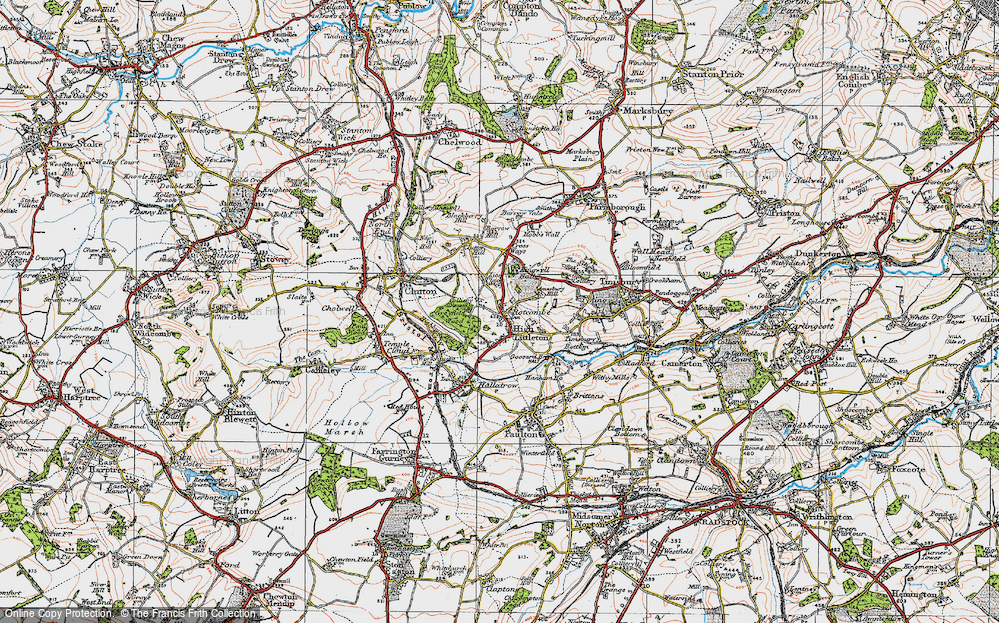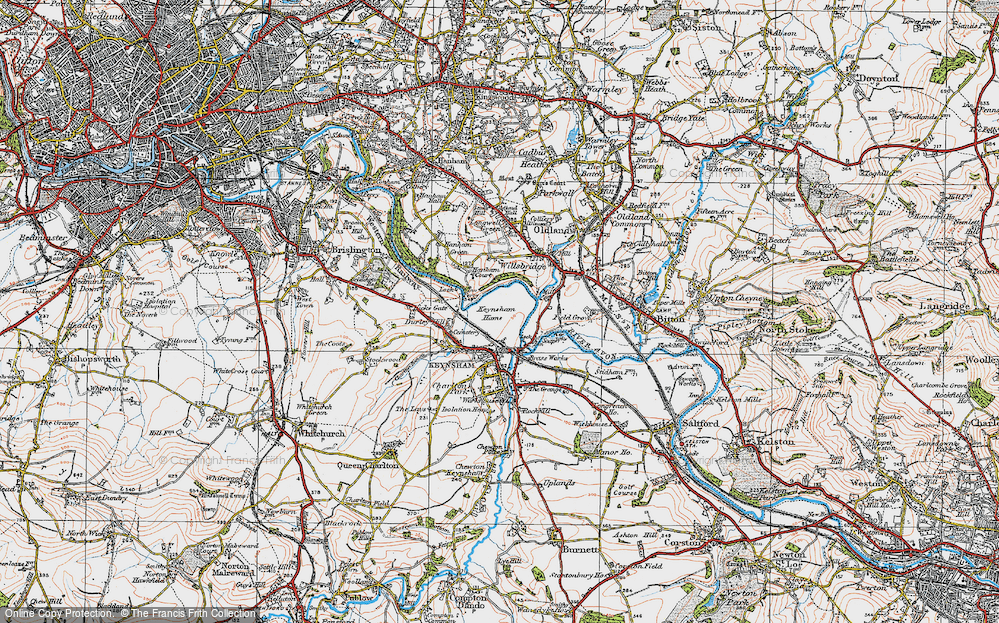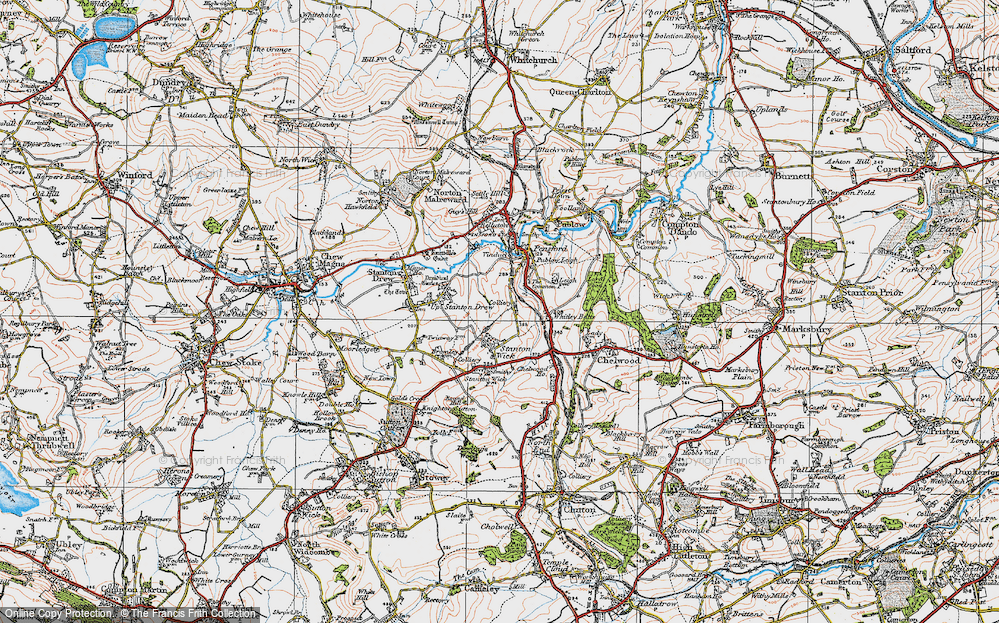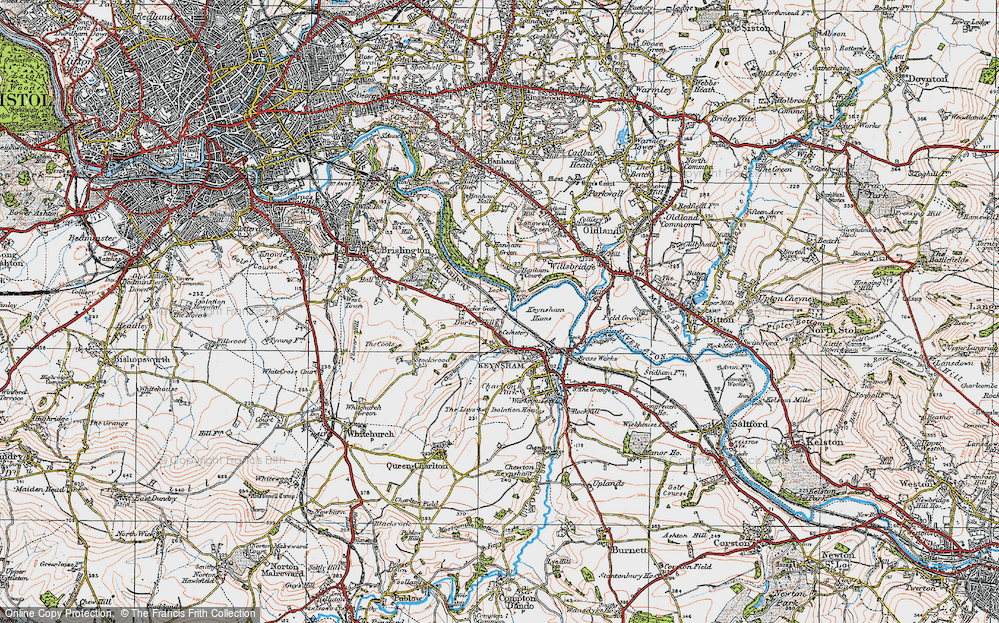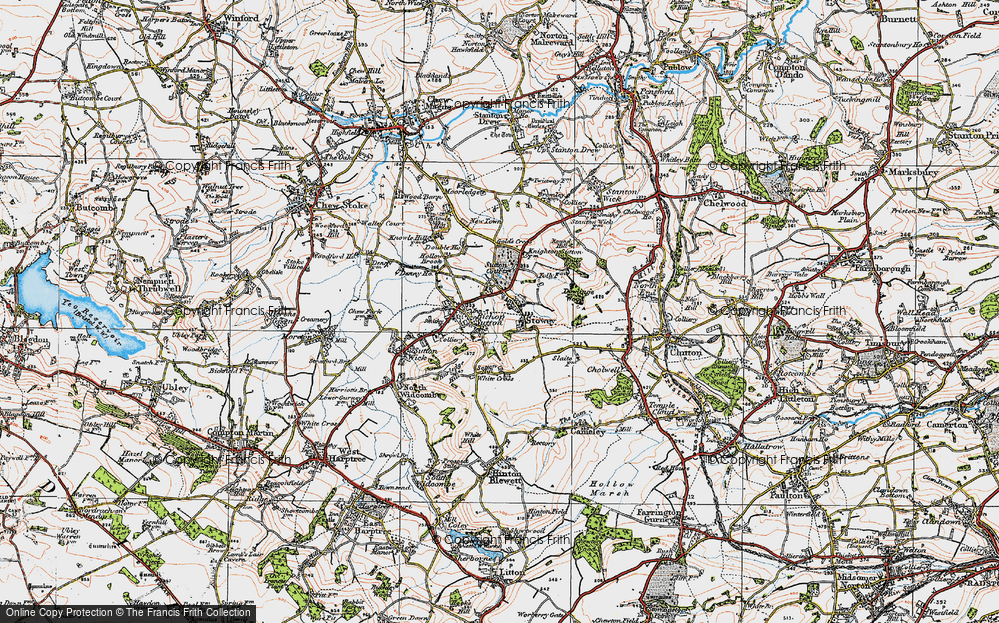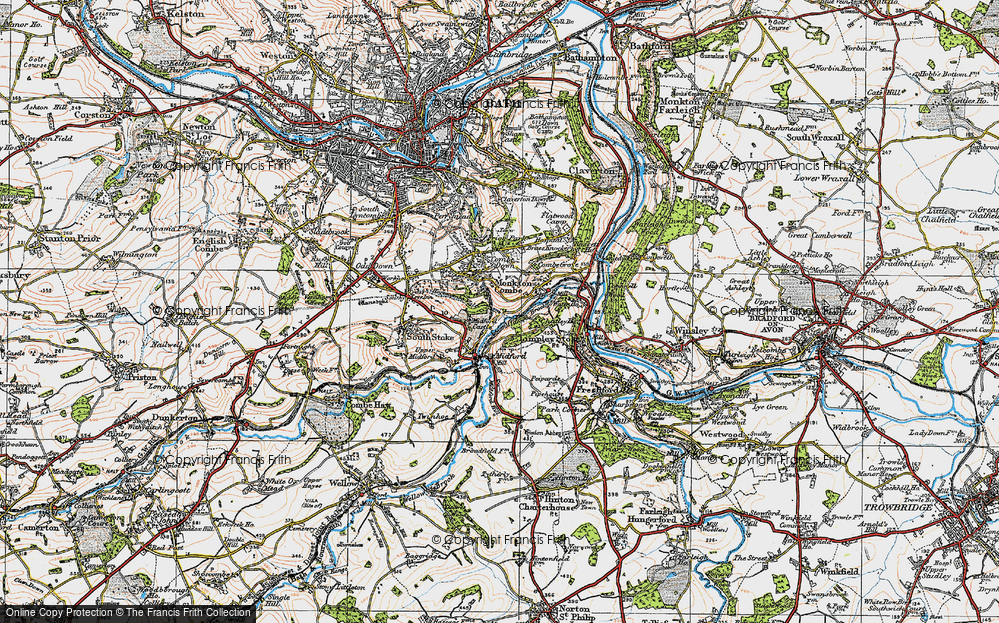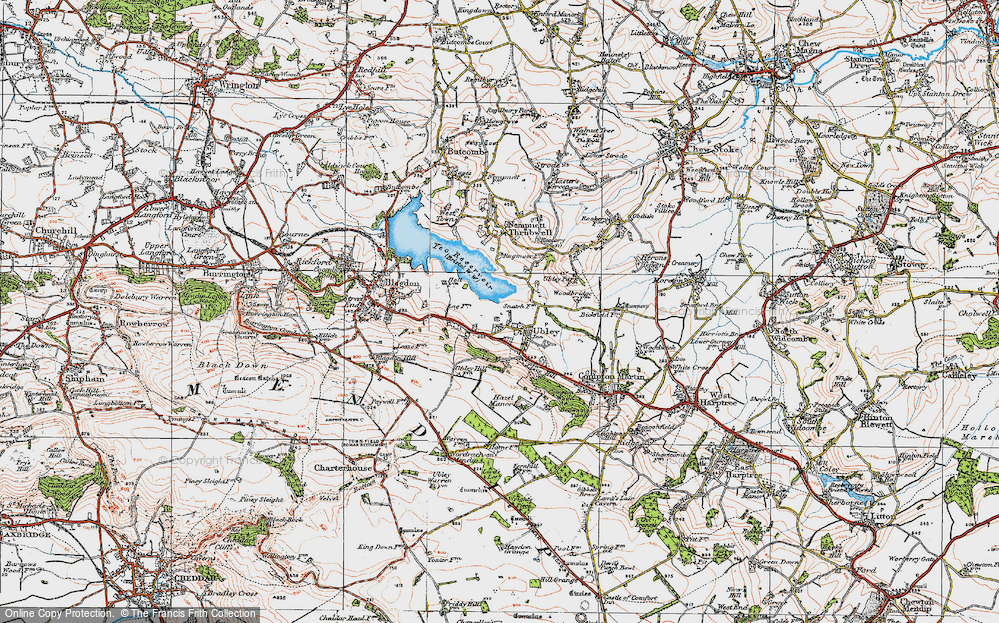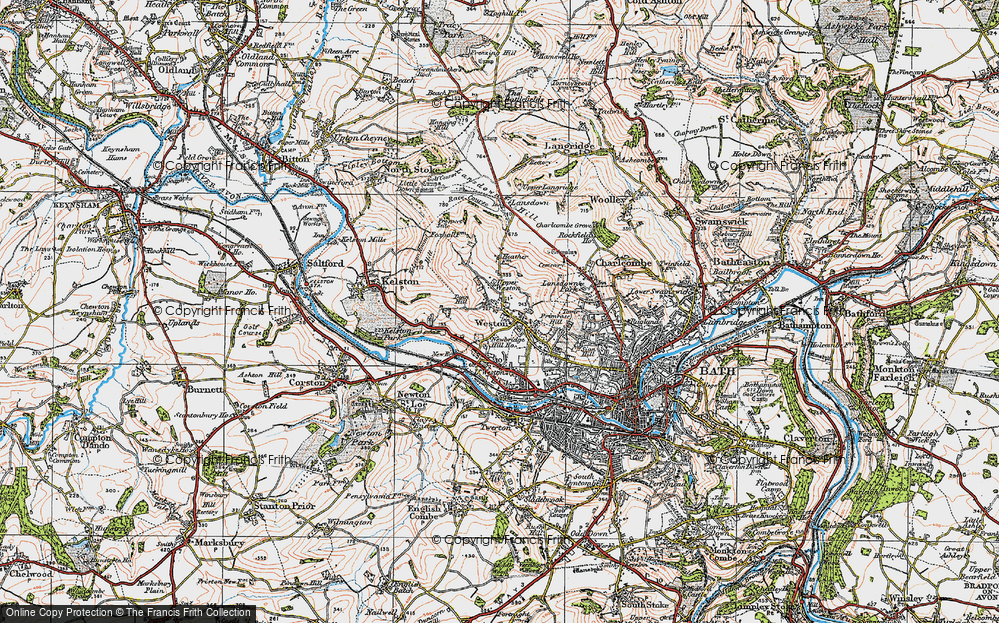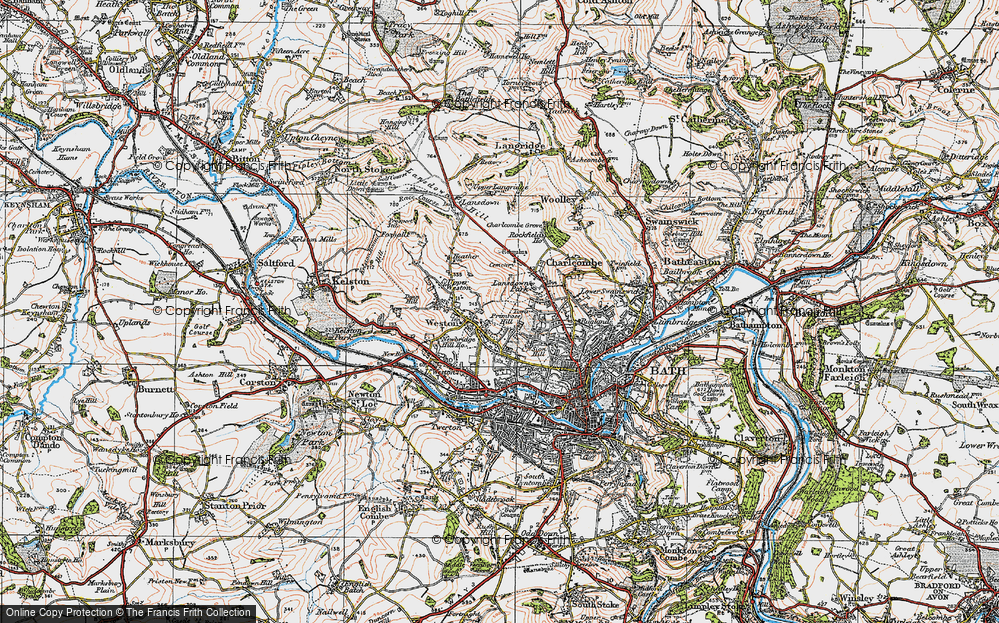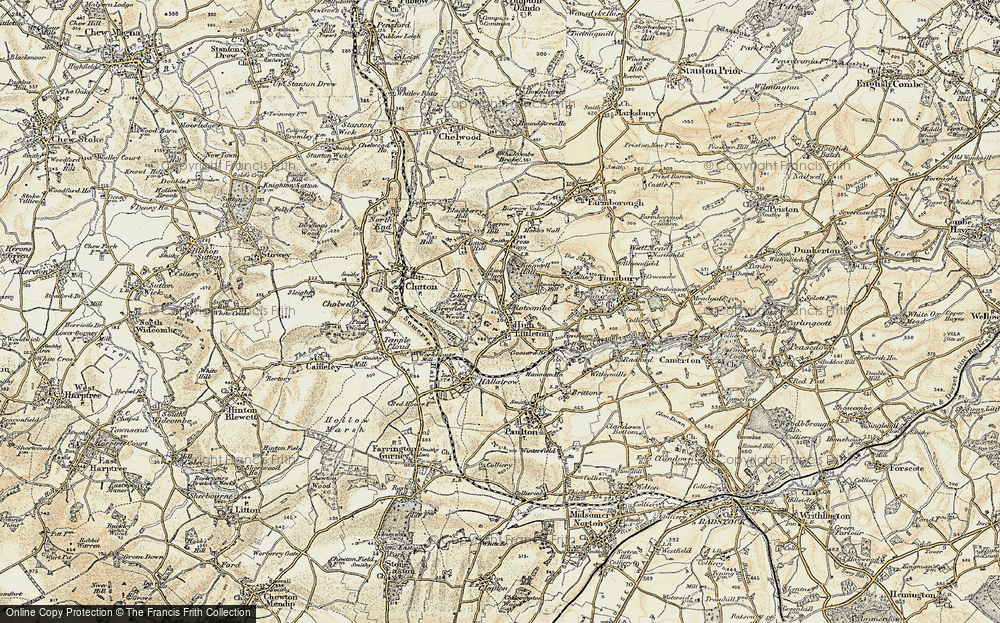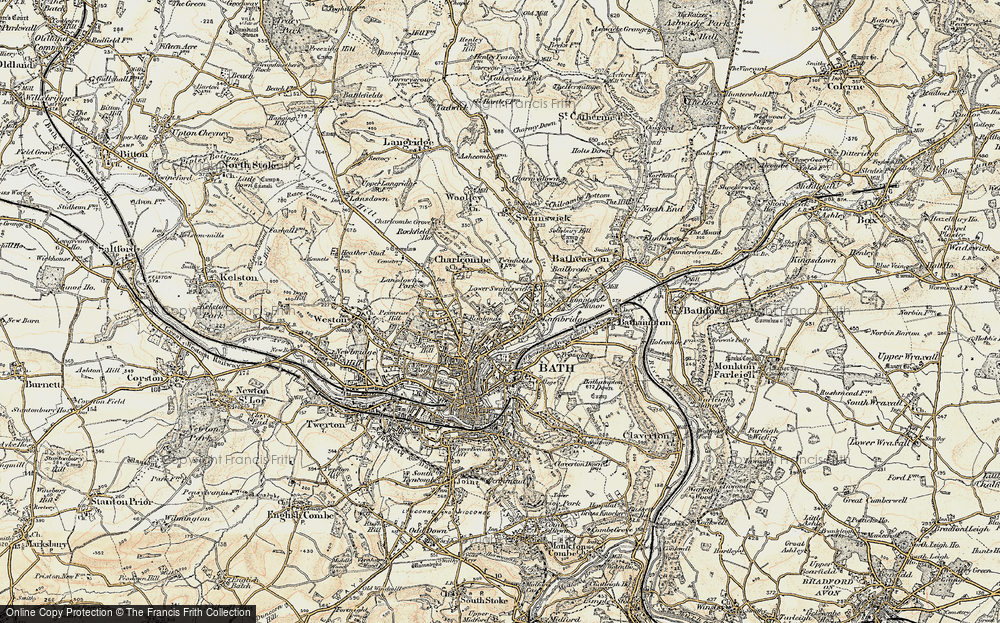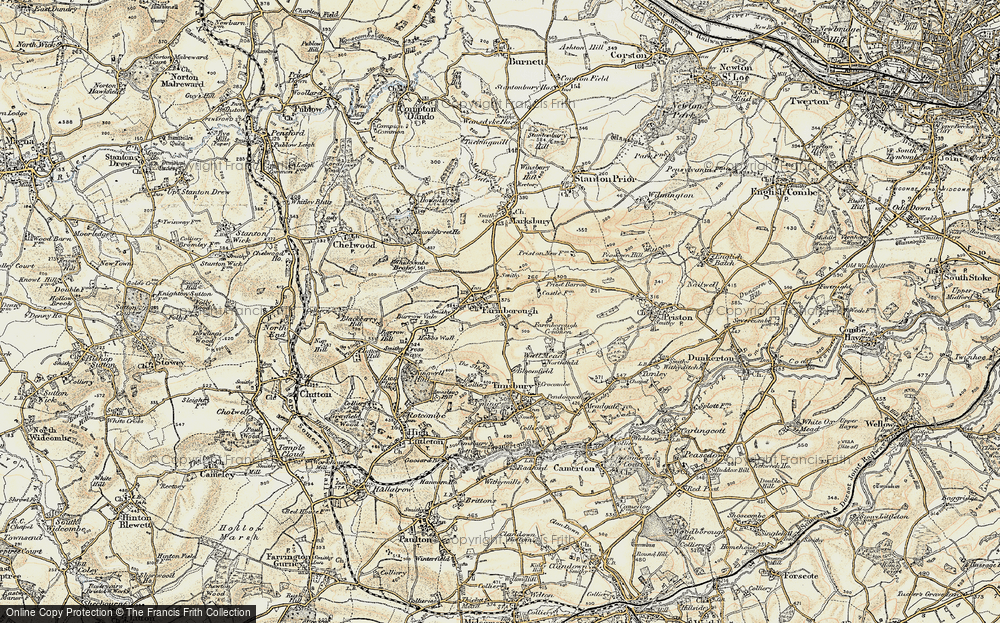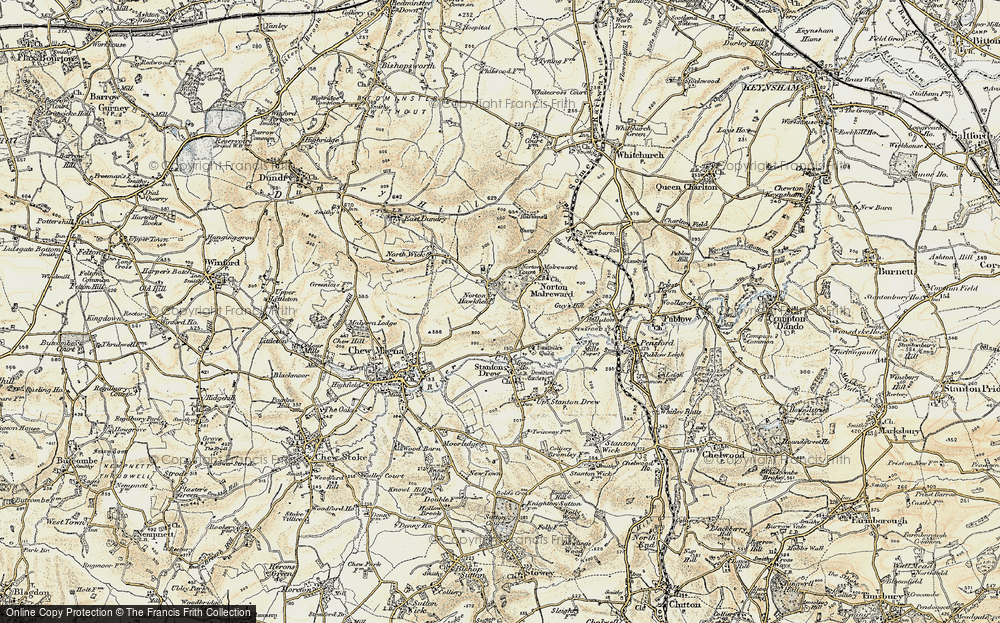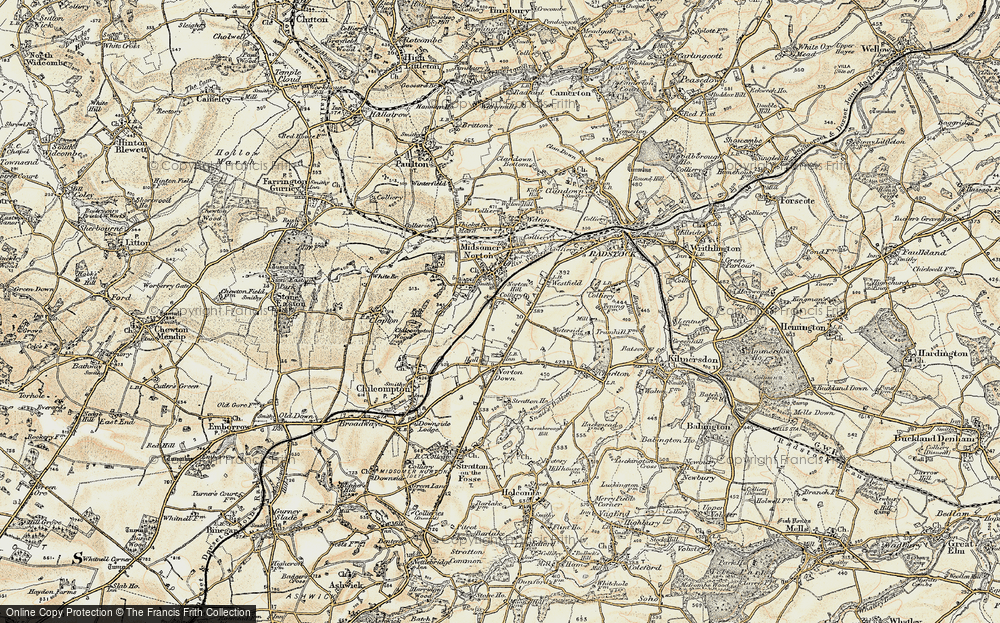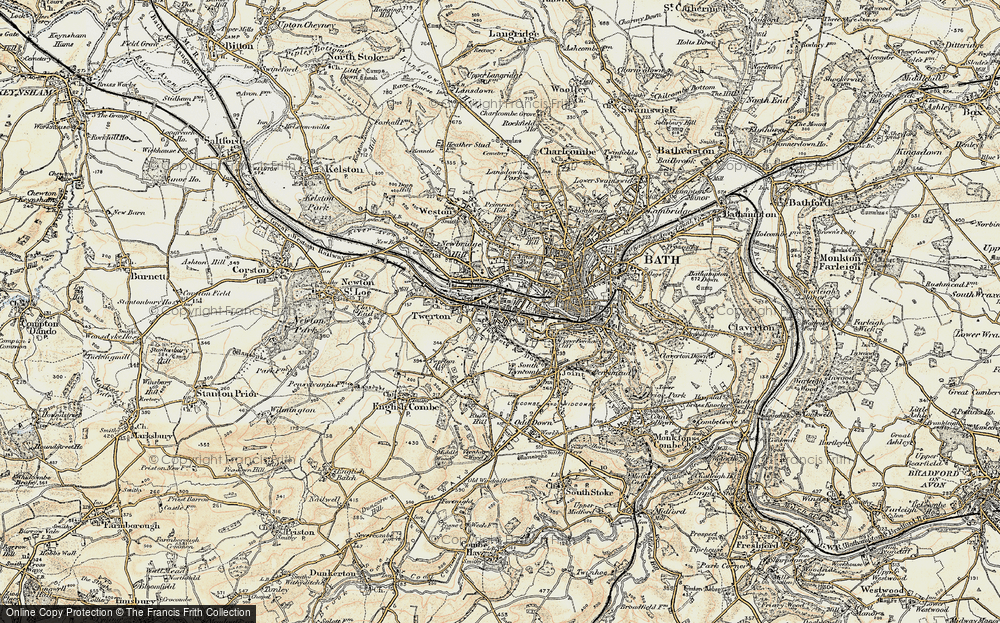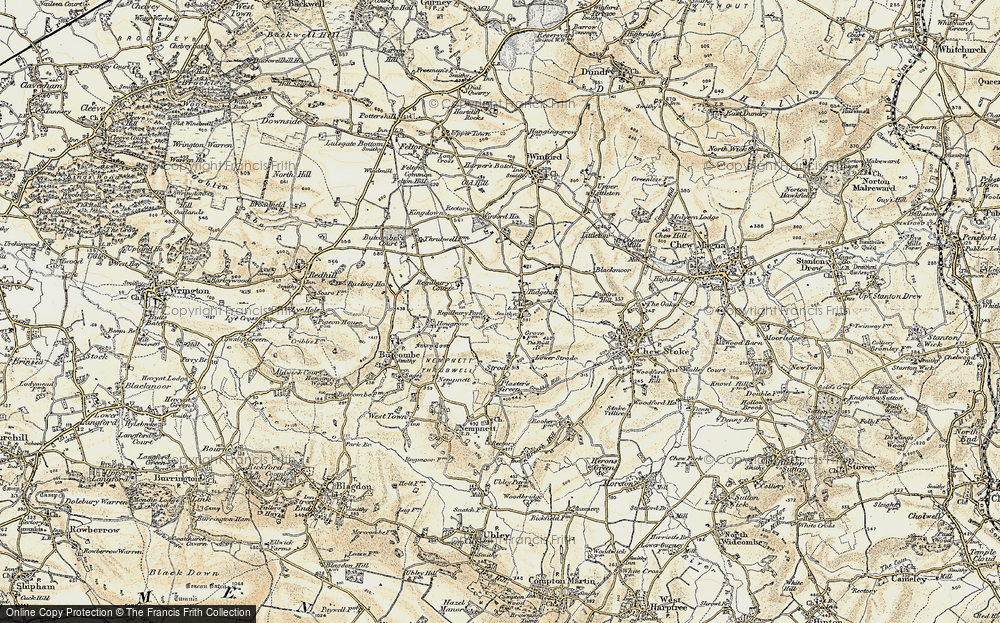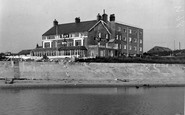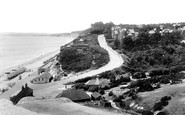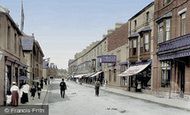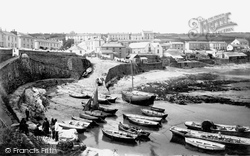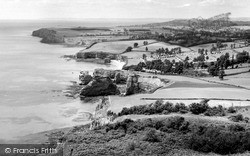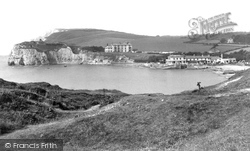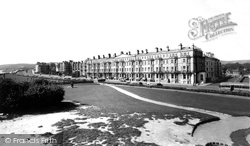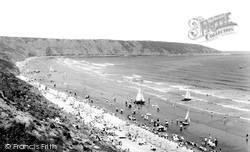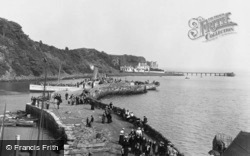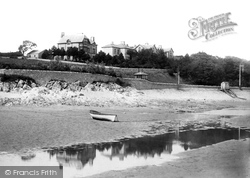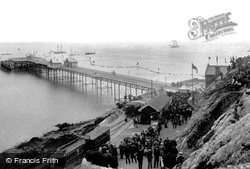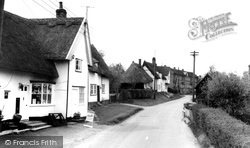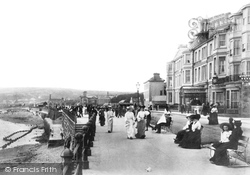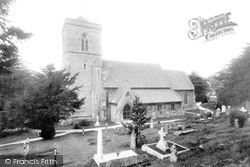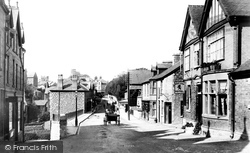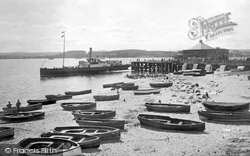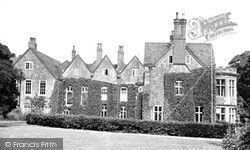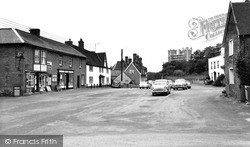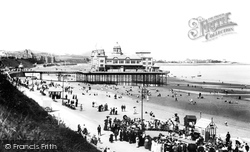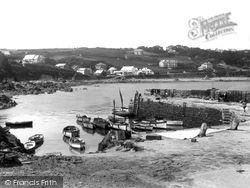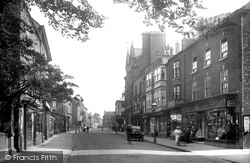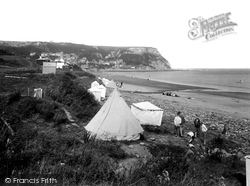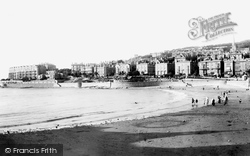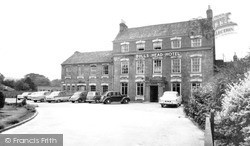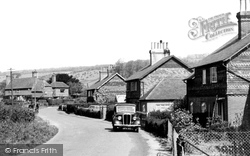Merry Christmas & Happy New Year!
Christmas Deliveries: If you placed an order on or before midday on Friday 19th December for Christmas delivery it was despatched before the Royal Mail or Parcel Force deadline and therefore should be received in time for Christmas. Orders placed after midday on Friday 19th December will be delivered in the New Year.
Please Note: Our offices and factory are now closed until Monday 5th January when we will be pleased to deal with any queries that have arisen during the holiday period.
During the holiday our Gift Cards may still be ordered for any last minute orders and will be sent automatically by email direct to your recipient - see here: Gift Cards
Places
Sorry, no places were found that related to your search.
Photos
131 photos found. Showing results 401 to 131.
Maps
896 maps found.
Books
1 books found. Showing results 481 to 1.
Memories
542 memories found. Showing results 201 to 210.
Schooldays
I was lucky to live in Portpatrick - my father came to HM Coastguard Station in 1953. We had come from Australia, and it took my mother some time to settle in, I think: she was a town girl through and through. My sister and I felt ...Read more
A memory of Portpatrick by
Ty Croes Thunderbird Guys
As a young REME corporal in 65, stationed at Ty Croes with the RA, we spent many an hour at the Bay Hotel bar. We managed to walk seaside over rocks in the dark to the Hotel successfully most evenings. Spent my 21st ...Read more
A memory of Rhosneigr in 1965 by
My Childhood Memories Of Caswell Bay
I apparently spent my early years during WW1 in the Mumbles where my mother came from. She had moved to London before the war to find work and married a Londoner. Our holidays when I was a child (in the late ...Read more
A memory of Caswell Bay in 1950 by
Bursledon Hostital
I was here in approx November 1965 after having Rheumatic Fever. I remember being in a ward which was second on the right off the great entrance hall where we ate and if good were allowed to watch telly some evenings. I recall ...Read more
A memory of Bursledon in 1965 by
Pease Families In America With Roots In Great Baddow
Over here in the United States of America most of the many thousands of Pease family members owe their existence to the brothers Robert & John Pease whose family line lived in Great ...Read more
A memory of Great Baddow by
Leaving School
So! Back to 11 Woburn Place, back to school on Hope Chapel Hill back to Hotwells golden mile with its 15 pubs. The War was still going on but there was only limited bombing and some daylight raids, the city was in a dreadful state ...Read more
A memory of Bristol in 1945 by
Real Holton Sparkes Of Cary In Castle Cary
My great uncle Mr Arthur Real who was born at Axmouth Devon in 1886 and grew up there, started a business in Castle Cary Somerset with Mr Walter Holton from Trowbridge Wiltshire in the 1930s. They named ...Read more
A memory of Castle Cary in 1940 by
Self Catering Holidays In Swanage
When living in Reading, my family spent most of our holidays in Swanage. At the time we had little money and had to put up with chalets in residents' gardens. I'm sure, some were converted garages! We ...Read more
A memory of Westbourne in 1952 by
Trecco Bay
In 1958/59 my mother-in-law Elsie Pugh has been cleaning the toilets for several years in Trecco Bay together with her husband Albert. My husband Roy Griffiths also worked on the site. We got married in 1960 and went to live in Trecco ...Read more
A memory of Porthcawl in 1961 by
Old Hartley County Primary School
I am part of a research team looking into the history of schooling in Seaton Sluice. My era is 1945 to the school closing in July 1969 and I would like to hear from past pupils. I myself, was at the ...Read more
A memory of Hartley by
Captions
863 captions found. Showing results 481 to 504.
This archetypal fishing village was once entirely dependent on the mackerel shoals for its precarious economy.
Just a handful of people and two bathing machines can be seen in this late-Victorian photograph of Stokes Bay.
This wonderful view shows the East Devon coast from the great cliff of High Peak to distant Exmouth, circling part of the great sweep of Lyme Bay.
A little way back from Freshwater Bay is the former home of the poet Tennyson, who loved the place but hated the constant procession of visitors.
Lansdowne Terrace, now the Lansdowne Hotel, and, at the right, the Wish Tower Hotel, was the first major devel- opment west of the Wish Tower; it is in the style of the earlier stucco terraces, with
Lines of wind shelters adorn the beach at the popular Yorkshire coast resort of Filey. Once a fashionable beach accessory, they are seldom seen today, so perhaps it was windier in the Fifties!
Aberdour in the Kingdom of Fife, lying between Burntisland and Dalgety Bay, is described in the 1906 Baedeker as 'a favourite little sea-bathing place, with an old castle and the ruins of a Norman church
New villas sprang up along the front at Kents Bank on the Kent Estuary as the village became popular as a holiday resort.
When it opened in 1898, the pier was the terminus for the Swansea and Mumbles Railway, whose trains can be seen taking people to their destination on the first official day of pier business.
The post office, now Swan Cottage, displayed advertisements for Walls ice cream and Bird's Eye frozen foods.
This photograph was taken from almost from the same viewpoint as No 27690A, but looking west. This is a busier scene, and the dresses are less sombre.
The 19th-century church of St Michael stands on a steep hill, and was built of snicked stone.
Prior to the development of the coastal resort at Colwyn Bay in Victorian times, the old village, lying to the east and just inland from the coast, was known merely as Colwyn.
Exmouth has no pier in the traditional sense of the word, but this landing stage served as an embarkation point for tourists wishing to take to the water.
The triple gables of the early 17th-century house form the centrepiece, with flanking wings. John Ely, a Manchester architect, added the Tudoresque bay window to the right in 1894.
This is now the Butley Oysterage, and the bay window has been removed. The earlier Oysterage, next door, has become an antiques shop.
The pier is pictured with its grand pavilion, during the year it opened.
Coverack men were infamous for smuggling, and early coastguards reported that '7,000 ankers of brandy' had been covertly run ashore in the bay in the previous twelve month period.
From the Bay Horse there was a coach to Selby; from the Elephant & Castle there was one to Thirsk, Leeds, York and Harrogate.
Begun in 1618 for Sir Thomas Holte, Aston was not completed until 1635.This picture shows the east front; it comprises a main block of seven bays topped by a clock tower and two-stage cupola, and
Jet mining was a large industry here, and involved cutting into the cliff. Craftsmen turned jet into beautiful ornaments and jewellery.
This clearly shows the fine sweep of elegant buildings that lined Glentworth Bay and the hillside.
This is a mid 18th-century symmetrical brick building of quality, two and a half storeys high and five bays wide.
Further down Tanner's Hill, the lane becomes Old School Lane; this view looks north past these pairs of tile-hung former estate cottages, which are all now in private hands and extended by a bay at
Places (0)
Photos (131)
Memories (542)
Books (1)
Maps (896)


